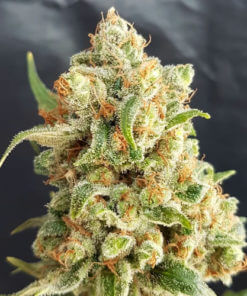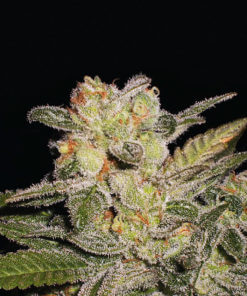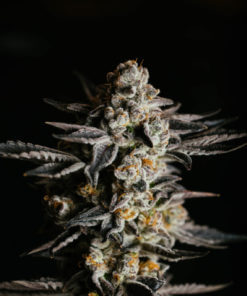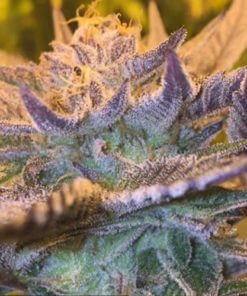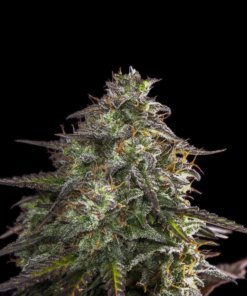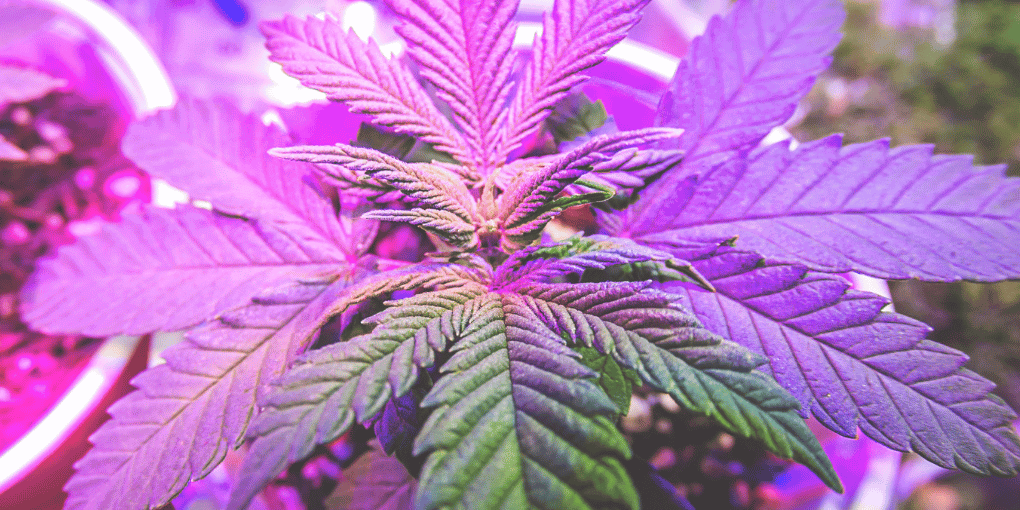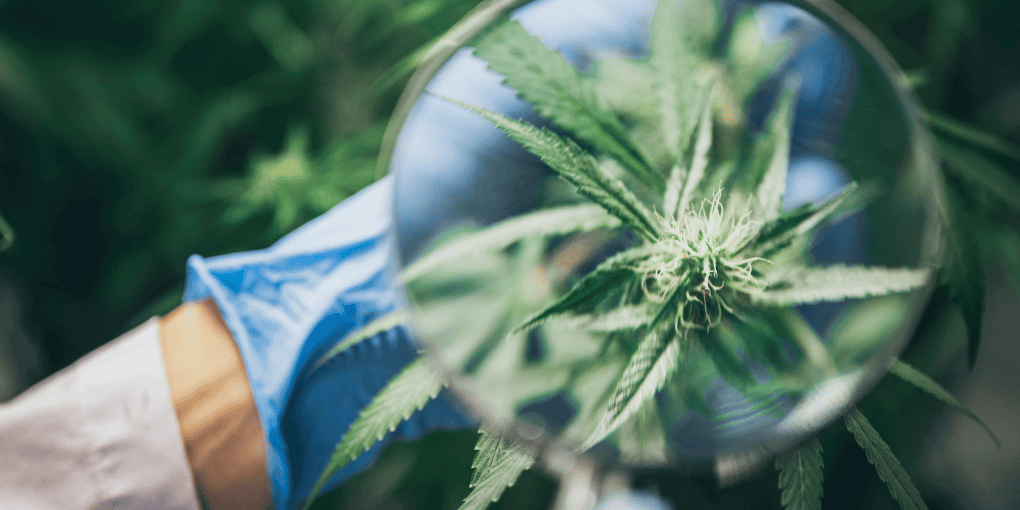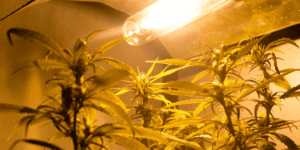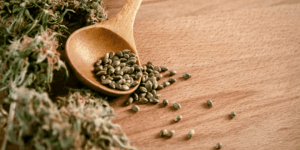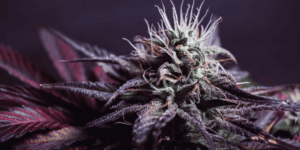cannabis growing
The 4 Stages of Cannabis Growth
Success in the venture of growing cannabis requires a deep understanding of the intricate growth stages of the plant. From the delicate germination of seeds to the final harvest, each phase significantly contributes to the quality and quantity of the product. In this extensive exploration, we will delve into the diverse growth stages and patterns of cannabis plants, highlighting the nuances of environmental conditions, nutrient management, and pest control.
Understanding the 4 stages of Cannabis Growth
Why Understanding the Growth Stages of Cannabis is so Important
Gaining a comprehensive understanding of each phase enables you to customize the environment, nutrients, and care to meet the plant’s specific requirements at any given moment. This awareness is essential for fostering growth, optimizing yield, and promptly addressing potential problems.
Crafting a Sample Schedule for Cannabis Cultivation
Establishing a timeline for your cannabis cultivation endeavour is essential for efficient planning and organization. A sample schedule, adaptable to variations in strain and environmental conditions, serves as a practical guide:
- Week 1-2: Germination and Seedling Stage
Ensure adequate moisture and aeration for seed germination.
Transplant seedlings when the taproot emerges.
Provide a mild nutrient solution and maintain a consistent light cycle.
- Week 3-4: Vegetative Stage
Concentrate on robust foliage growth.
Adjust nutrient levels, emphasizing nitrogen.
Monitor for signs of stress or nutrient deficiencies.
- Week 5-6: Pre-flowering Stage
Observe the transition to the reproductive phase.
Consider adjusting the light cycle to 12-12 for flowering.
Fine-tune nutrient levels for the impending flowering stage.
- Week 7-9: Flowering Stage
Witness the formation and maturation of buds.
Sustain a 12-12 light cycle.
Adjust the nutrient mix to support flower development, emphasizing phosphorus and potassium.
Week 10-12: Harvest Preparation
Monitor trichome development for optimal harvest timing.
Initiate flushing plants with plain water to remove excess nutrients.
Prepare for the upcoming harvest by gathering necessary tools and resources.
Week 13-14: Harvest
Harvest at the peak of trichome development for desired potency and flavour.
Employ proper harvesting techniques to preserve bud quality.
Dry and cure harvested buds for enhanced flavour and effects.
Germinating Seeds: The Foundation of Growth
Starting Seeds: The Basics
Beginning your journey into cannabis cultivation involves the essential step of germinating seeds. This foundational process establishes the groundwork for the entire growth cycle. To initiate germination, place the seeds in a damp environment with adequate airflow. Once the taproot emerges, carefully transfer the seedling into your chosen growing medium.
Please note: The seedling phase is a very important stage in which the plant lays down its root system and sprouts its initial leaves. This is a sensitive period, so it’s important to avoid excessive watering. Ensuring the well-being of your seedlings hinges on providing a gentle nutrient solution and sticking to a steady light cycle (approximately 18-24 hours of light per day).
Understanding Germination Timeframes and Conditions
The germination period for cannabis seeds can vary between 2 to 14 days. Ideal conditions involve initially using only water. While patience is crucial, it’s essential to delve into your strains’ specifics, considering factors like seed type, strain, and the conditions of your growing environment.
Shop Feminised Cannabis SeedsStages of Cannabis Growth
As outlined above, your cannabis plant matures, it goes through different growth phases, each with its own needs.
- Germination Phase (explained above)
- Vegetative Phase
Fast leafy growth, building a strong structure, and lush green leaves.
Time: 3-8 weeks
Lights: Usually, give it 18-24 hours of light per day.
Food: It’s all about that nitrogen boost for strong growth. Don’t overfeed or starve your plant. If you’re using light mix soil, there is no need for extra nutrients. - Pre-Flowering Phase
Transitioning to the reproductive phase with pre-flowers showing up.
Time: 1-2 weeks
Lights: Some growers switch to a 12-12 light cycle to promote flowering.
Food: Adjust the nutrients to prepare for the blooming phase. - Flowering Phase
The buds are starting to form.
Time: 7-9 weeks (depends on the strain)
Lights: 12-12 light cycle
Food: Now it’s all about a nutrient mix loaded with phosphorus and potassium.
Exploring How Seed Varieties Shape the Flowering Phase
The flowering phase in a cannabis plant is significantly shaped by the choice of cannabis seeds – Auto, Feminized, or Regular. Each seed variety brings distinct traits that play a crucial role in influencing the flowering process. Auto-flowering strains kick off flowering based on age, Feminized strains react to alterations in light cycles, while Regular seeds adhere to a natural growth trajectory.
Distinguishing Between Typical and Unusual Events in the Flowering Phase
Expected happenings involve the presence of lively, robust buds, the slow development of trichomes, and the natural yellowing and shedding of fan leaves as the plant allocates energy towards bud formation. Uncommon signs may manifest as leaf discoloration, pest infestations, mould, hindered bud growth, or an excess of yellowing leaves, signalling problems such as nutrient deficiencies, overfeeding, or stress from the environment.
Shop Regular Cannabis SeedsMore Aspects to Consider for Successful Cannabis Growth
Environmental Conditions, Nutrient Management, and Pest and Disease Control
Maintaining stable environmental conditions throughout the growth cycle is essential. Cannabis plants generally prefer temperatures between 21-29°C during the day, slightly cooler at night. Adjust humidity levels according to the growth stage, with lower humidity recommended during flowering to prevent mould and mildew.
Effective nutrient management is crucial, as requirements change during each growth stage. In the vegetative stage, increasing nitrogen levels is important for robust foliage. Transitioning to the flowering stage requires a shift to a nutrient mix higher in phosphorus and potassium to support flower development. Regularly monitor and adjust nutrient levels to prevent deficiencies or excesses that could harm plant health.
Pest and disease control are essential components of cannabis cultivation. Regularly inspecting for pests and diseases is crucial. Implement preventive measures like companion planting and maintaining a clean environment. Swift intervention with organic pesticides or fungicides is necessary if issues arise to prevent problems from worsening.
Understanding the Technicalities of Your Strains
Cannabis cultivation goes beyond merely sowing seeds and hoping for the best. The essence lies in comprehending the unique characteristics that each strain introduces. Every strain possesses its distinct genetic makeup, and this is a significant factor.
From growth patterns to the onset of flowering and the ultimate plant structure – it all boils down to genetics. For those committed to cultivating high-quality cannabis, acknowledging these strain-specific intricacies is akin to possessing a valuable tool. It’s the means to fine-tune your cultivation methods, ensuring that each plant receives precise care tailored to its requirements. Therefore, delving into the specifics, familiarizing yourself with your strains, is an essential step in advancing your cannabis cultivation skills.


